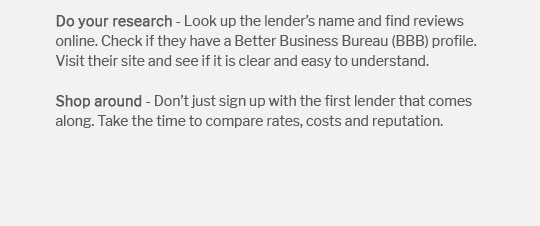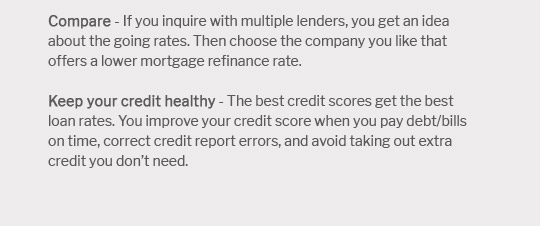 |
|||
 |
 |
 |
||
|---|---|---|
 |
||
 |
||
 |
||
 |
||
 |
 |
 |
 |
Refinance Your Existing Mortgage: Key Insights and Practical TipsRefinancing your existing mortgage can be a strategic move to save money, reduce monthly payments, or tap into your home's equity. This guide explores essential aspects and frequently asked questions about the refinancing process. Understanding Mortgage RefinancingMortgage refinancing involves replacing your current home loan with a new one, usually to benefit from lower interest rates or better terms. Types of Mortgage RefinancingUnderstanding the different types of refinancing options can help you choose the best one for your financial situation:
Steps to Refinance Your MortgageRefinancing can be straightforward if you follow these steps:
Benefits and Drawbacks of RefinancingBenefitsRefinancing can offer several advantages:
DrawbacksHowever, refinancing isn't always the best choice for everyone:
FAQ SectionWhat is the best time to refinance a mortgage?The best time to refinance is when interest rates are lower than your current rate, you have improved your credit score, or your home's value has increased significantly. How do I know if refinancing is worth it?Refinancing is worth it if the savings from a lower interest rate outweigh the costs of refinancing, or if it helps you meet your financial goals, like shortening the loan term. Can I refinance with bad credit?It is possible, but you may face higher interest rates and fewer options. Improving your credit score first could lead to better terms. What are the closing costs associated with refinancing?Closing costs typically range from 2% to 5% of the loan amount and can include appraisal fees, title insurance, and origination fees. https://www.investopedia.com/terms/r/refinance.asp
A refinance, or refi for short, refers to revising and replacing the terms of an existing credit agreement, usually as it relates to a loan or mortgage. https://www.usbank.com/home-loans/refinance.html
Refinancing a home loan basically means you're swapping your current mortgage for a new one usually with a new principal loan balance and interest rate. https://www.comerica.com/insights/personal-finance/refinancing-your-mortgage-loans-101.html
At the same time, mortgages allow for some flexibility. For instance, you can refinance your existing mortgage. Should plans change over the years, or if ...
|
|---|